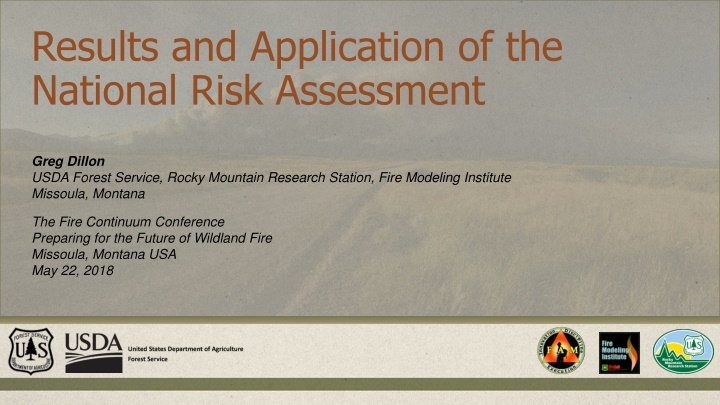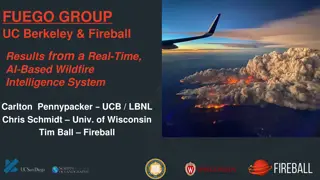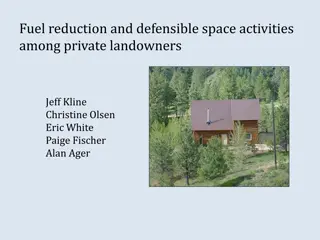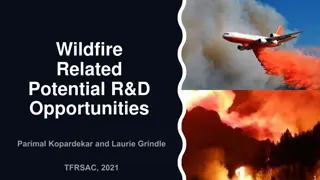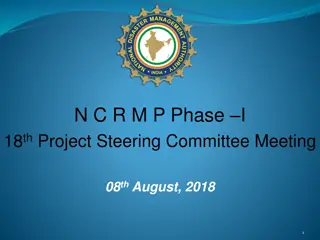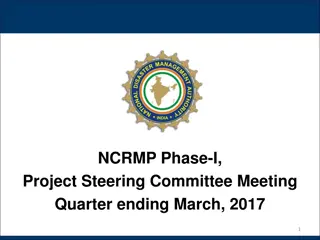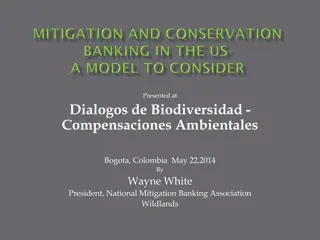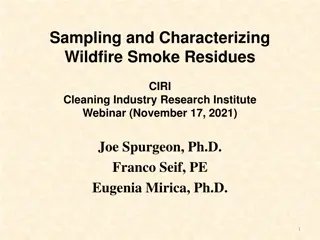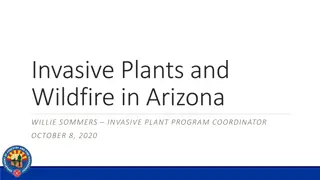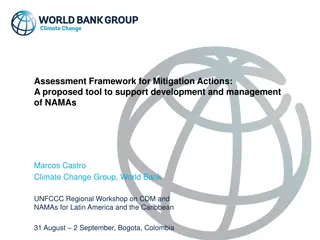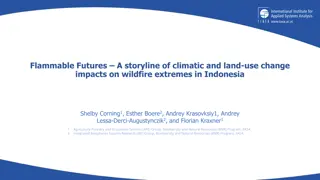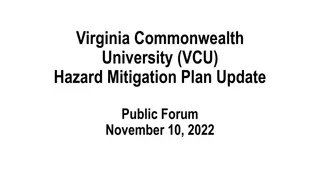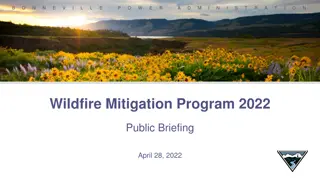National Wildfire Risk Assessment and Mitigation Strategies
The National Risk Assessment focuses on identifying and prioritizing hazardous fuels reduction projects to mitigate wildfire risks. Strategic objectives include developing a national risk model and tracking changes over time using a risk index based on national-scale datasets. Leveraging methods outlined in RMRS-GTR-315 and FSim modeling outputs, the assessment targets highly valued resources and assets like communities, infrastructure, surface drinking water, ecosystem function, and air quality.
Download Presentation

Please find below an Image/Link to download the presentation.
The content on the website is provided AS IS for your information and personal use only. It may not be sold, licensed, or shared on other websites without obtaining consent from the author.If you encounter any issues during the download, it is possible that the publisher has removed the file from their server.
You are allowed to download the files provided on this website for personal or commercial use, subject to the condition that they are used lawfully. All files are the property of their respective owners.
The content on the website is provided AS IS for your information and personal use only. It may not be sold, licensed, or shared on other websites without obtaining consent from the author.
E N D
Presentation Transcript
Results and Application of the National Risk Assessment Greg Dillon USDA Forest Service, Rocky Mountain Research Station, Fire Modeling Institute Missoula, Montana The Fire Continuum Conference Preparing for the Future of Wildland Fire Missoula, Montana USA May 22, 2018
What is a Wildfire Risk Assessment? Wildfire Risk: A measure of the probability and consequences of uncertain future wildfire events.
Why a National Risk Assessment? Recommendation 1: Fully develop and implement a national risk assessment model for identifying and prioritizing hazardous fuels reduction projects on National Forest System lands. Agency Response: The national office is developing a national risk model that will be used to identify and prioritize hazardous fuels reduction areas. The results will inform allocation of resources to the regional level. Projects will be designed based on those priority areas; however the priority of implementation of individual projects is not a national-scale decision. July 2016 USDA OIG Report
Why a National Risk Assessment? Strategic Objective B: Mitigate Wildfire Risk. Fire and Aviation Management Briefing Paper, December 2016: FAM has developed a wildfire risk index based on the Probability and Intensity of wildfire and the Exposure and Susceptibility of Highly Valued Resources and Assets (HVRA). The index is based on national-scale datasets. The Risk Index will track changes over time based on a statistically sound and repeatable process.
National-Scale Methods Applied methods outlined in RMRS-GTR-315
National-Scale Methods Applied methods outlined in RMRS-GTR-315 Leveraged national FSim modeling outputs
National-Scale Methods Applied methods outlined in RMRS-GTR-315 Leveraged national FSim modeling outputs Five primary Highly Valued Resources and Assets (HVRAs) Communities Infrastructure Surface Drinking Water Ecosystem Function Air Quality
National-Scale Methods Applied methods outlined in RMRS-GTR-315 Leveraged national FSim modeling outputs Five primary Highly Valued Resources and Assets (HVRAs) Communities Infrastructure Surface Drinking Water Ecosystem Function Air Quality Calculated Effects Analysis outputs (cNVC, eNVC, +, -)
National Scale FSim Model Outputs Modeling completed in 2016, uses LANDFIRE 2012 data Likelihood Intensity Short and others. 2016. Spatial dataset of probabilistic wildfire risk components for the conterminous United States. Forest Service Research Data Archive. https://doi.org/10.2737/RDS-2016-0034 Short, Karen C. 2017. Spatial wildfire occurrence data for the United States, 1992-2015 [FPA_FOD_20170508]. 4th Edition. Forest Service Research Data Archive. https://doi.org/10.2737/RDS-2013-0009.4
Results and Application Risk Index: we chose expected losses Why use losses and not eNVC? eNVC gets cancelled out in some regions FS Strategic Plan objective is to mitigate wildfire risk using losses focuses on what the agency can possibly mitigate Benefits in this assessment are an inherent ecosystem property and can t be changed by management actions Why use expected and not conditional?
Conditional Loss When a fire occurs, the potential for loss exists at somewhat similar levels in all regions. Expected Loss This shows the proportion each region contributes to the overall potential for loss across NFS lands. It includes the probability of fire occurrence.
Results and Application Expected loss numbers from this assessment represent a baseline The baseline value, at least for economic indcators, is usually 100. Economic Indicators for Dummies, Michael Griffis, 2011
Results and Application Expected loss numbers from this assessment represent a baseline
Results and Application Focus of this assessment is on regional and national results But, we can also look at the Forest-level summaries
Remaining Work Deliver information about the assessment online Post data, documentation, develop Story Map for interactive data exploration Test sensitivity to landscape changes National scope: calculate NVC and risk index for 2014 landscape conditions Use CFLRP landscapes to test multiple points in time (pre-treatment, 2012, 2014, and hypothetical 2019 post-treatment) Estimate the potential to mitigate future wildfire risk in different landscapes From treatments? From wildfires? Develop a process for annual or bi-annual updates Expand the analysis to all lands Most data sources already cover all lands Will need to make some adjustments outside of NFS land
Questions? Greg Dillon USDA Forest Service, RMRS, Fire Modeling Institute Missoula, Montana gdillon@fs.fed.us | (406) 829-6783
